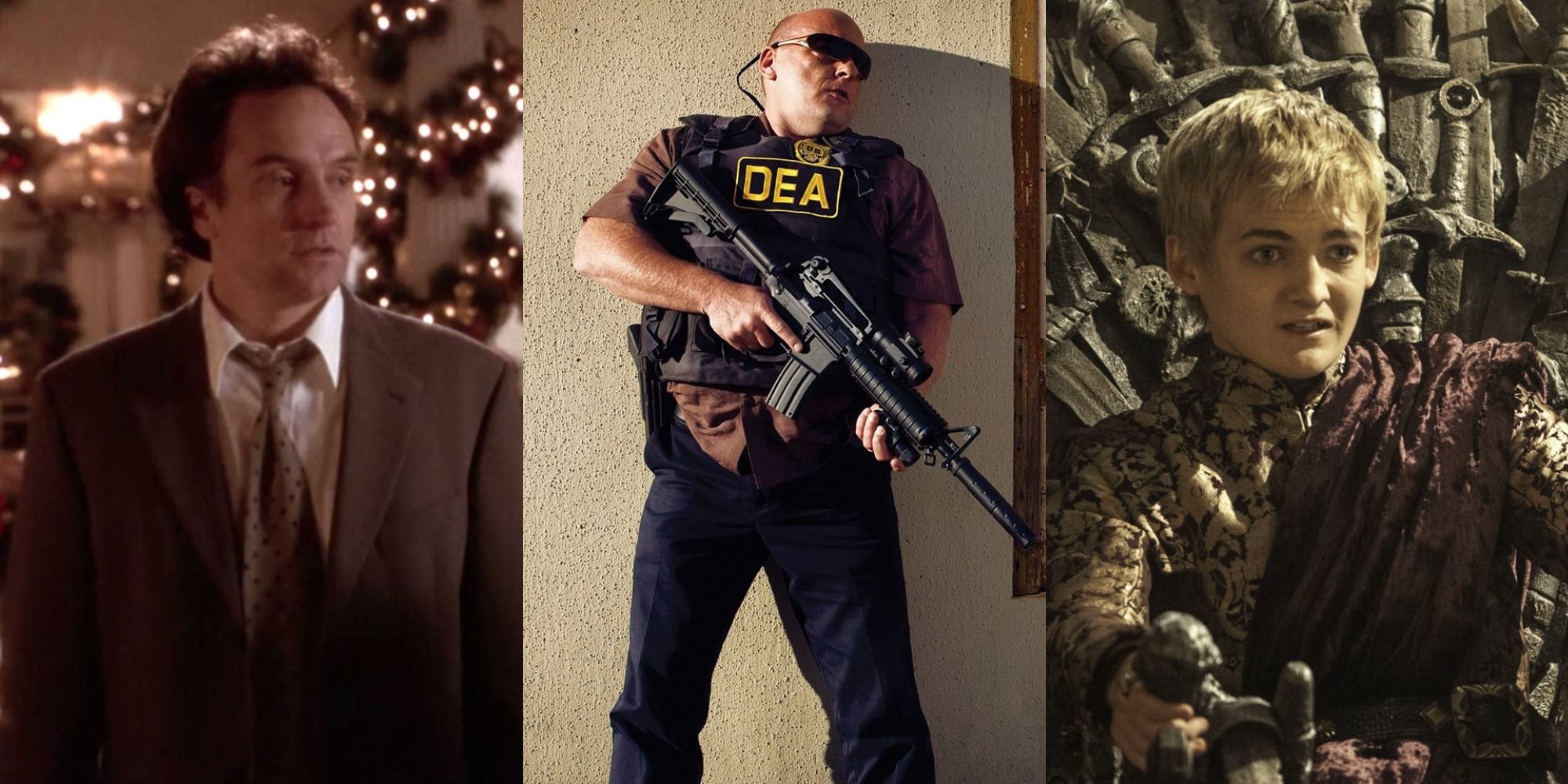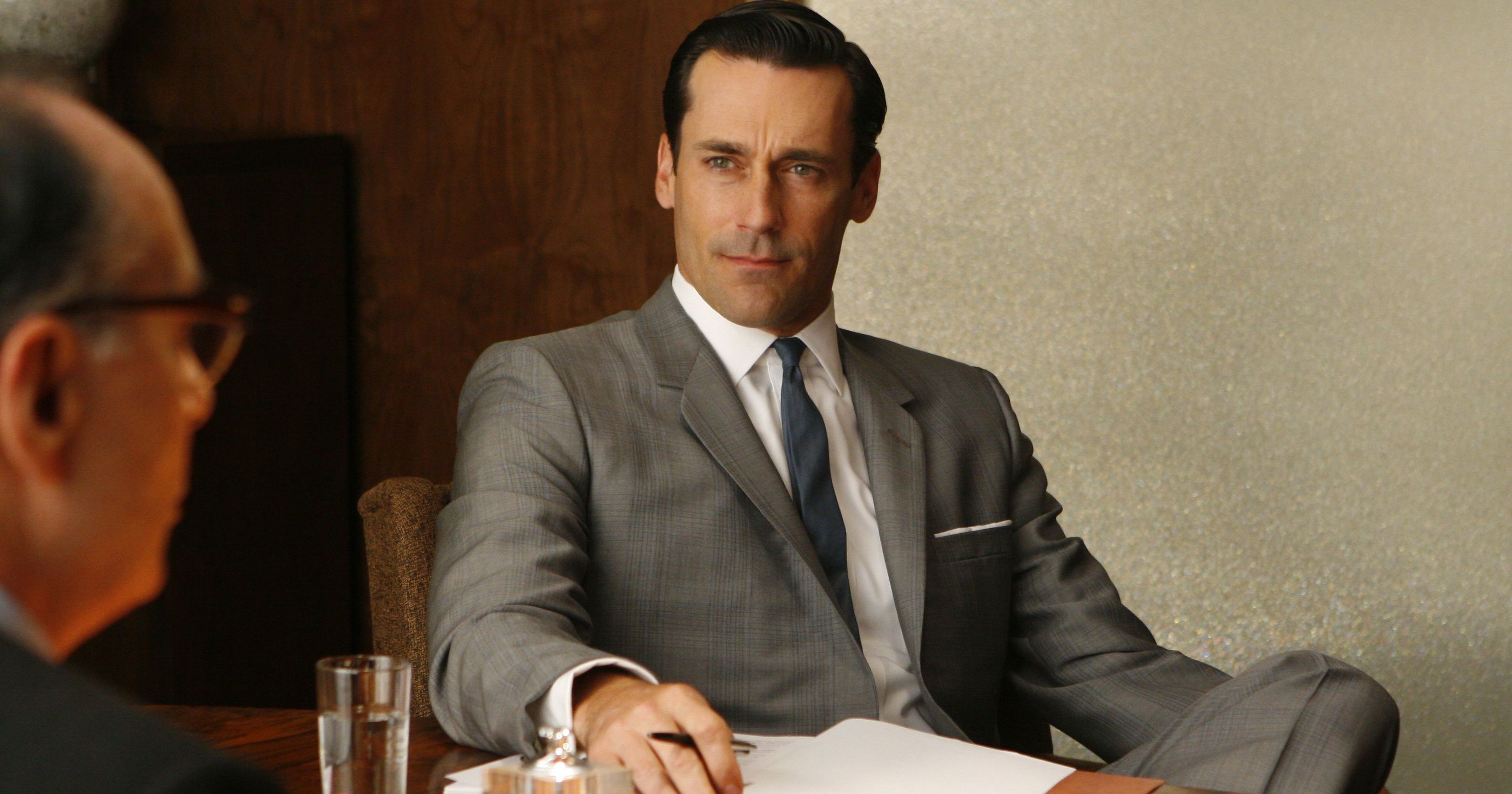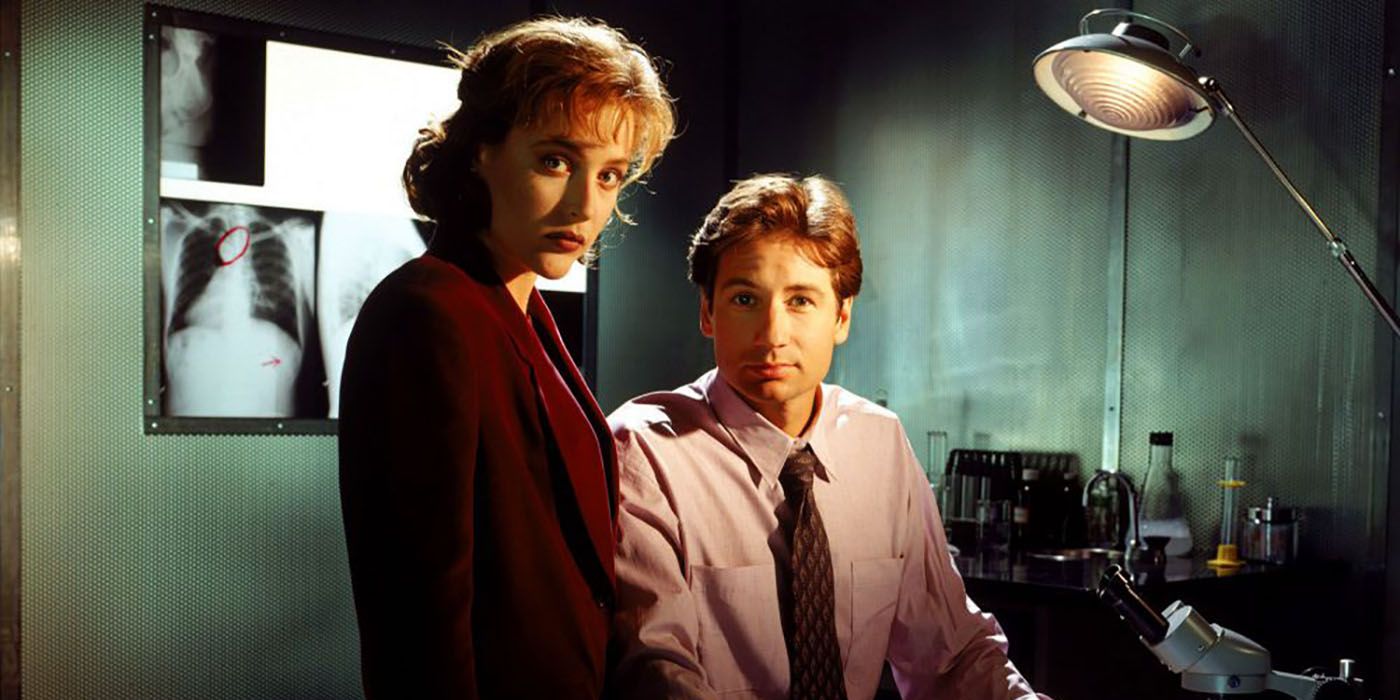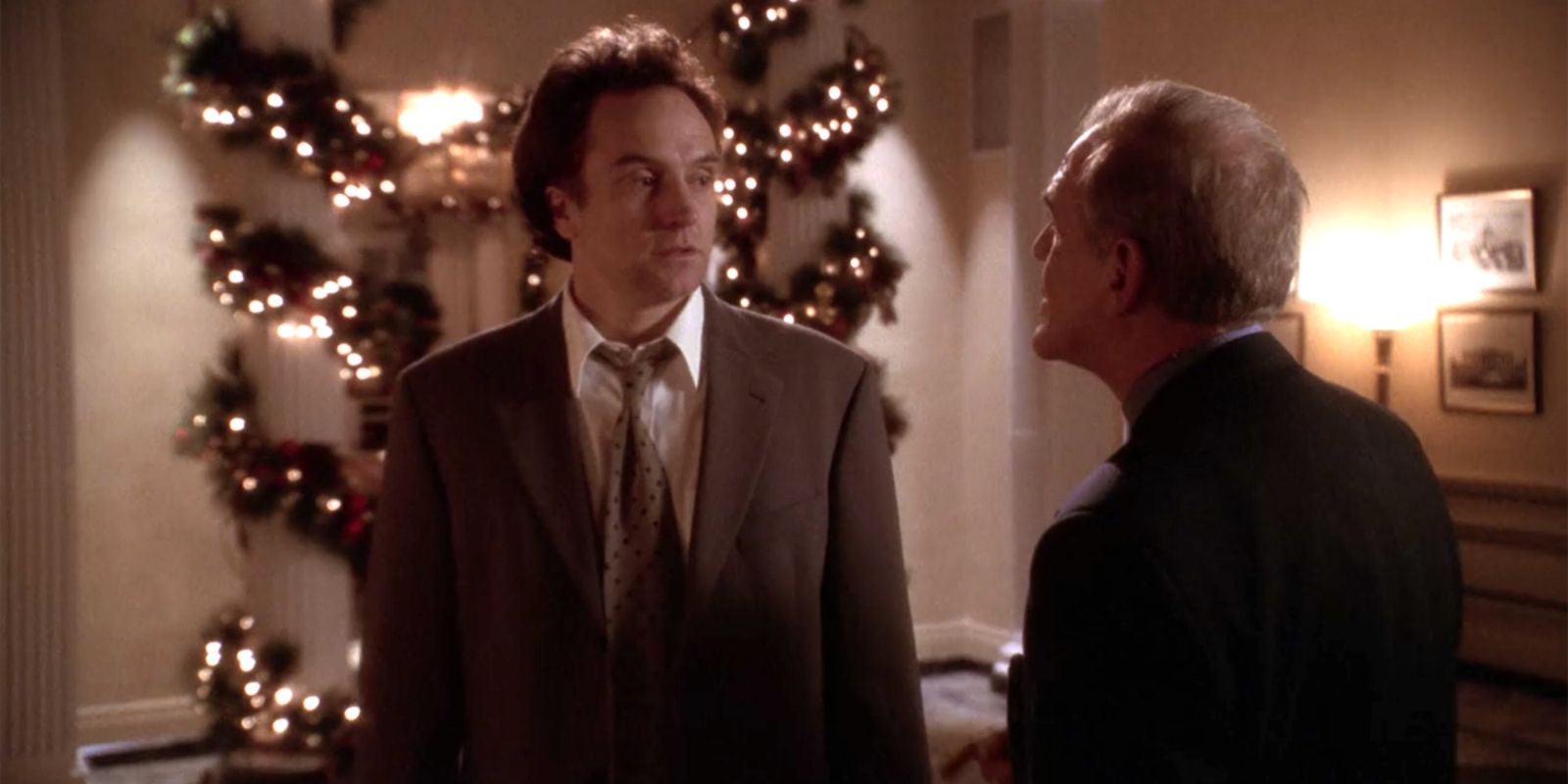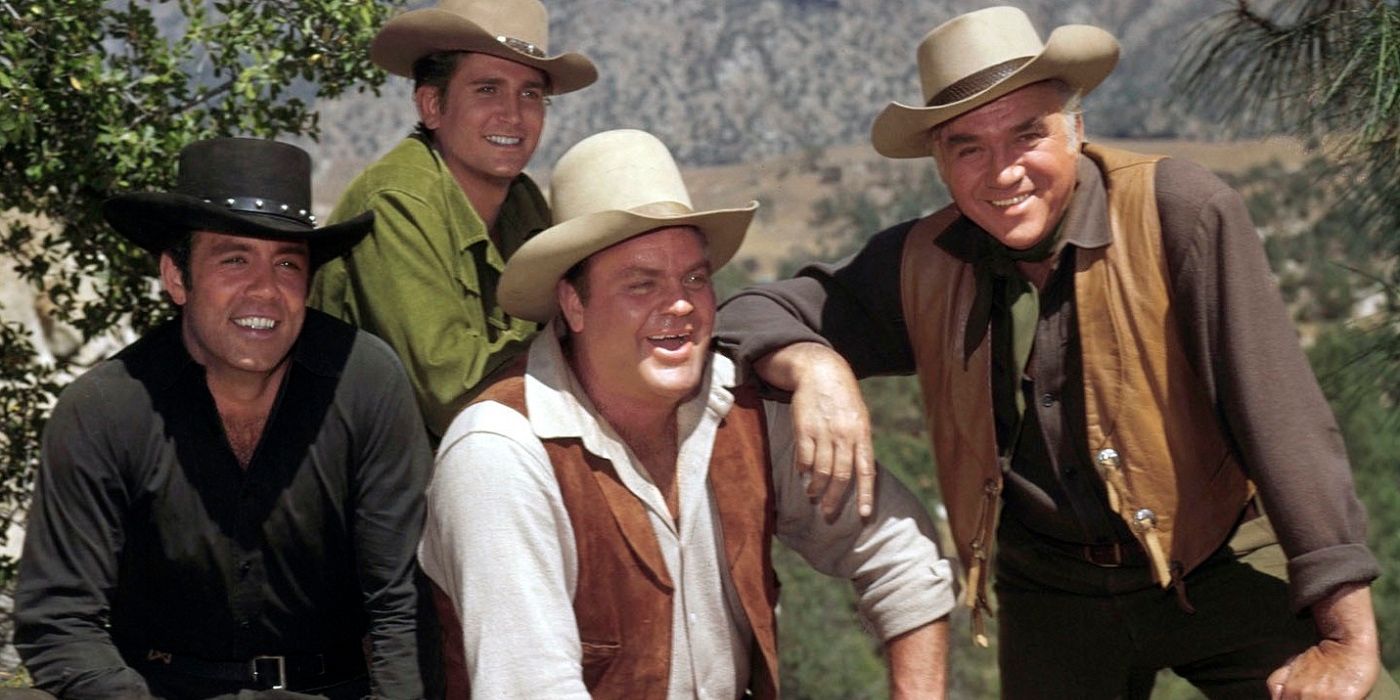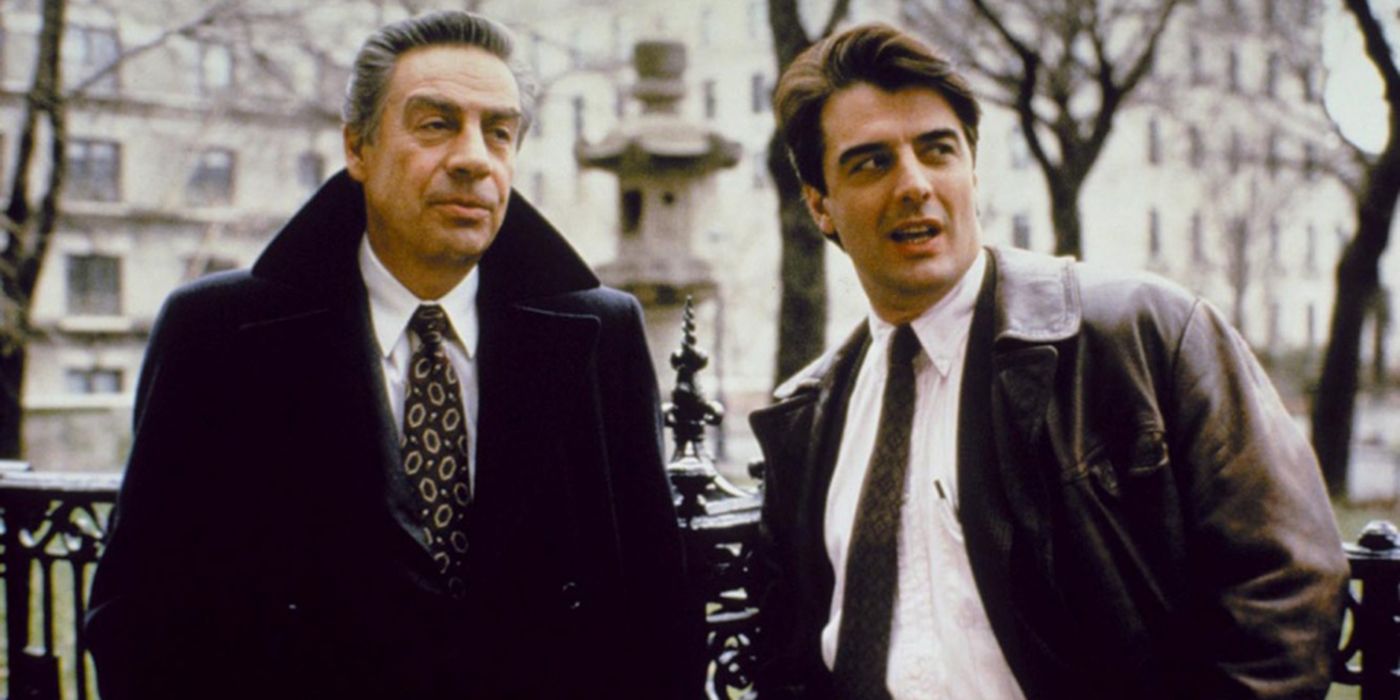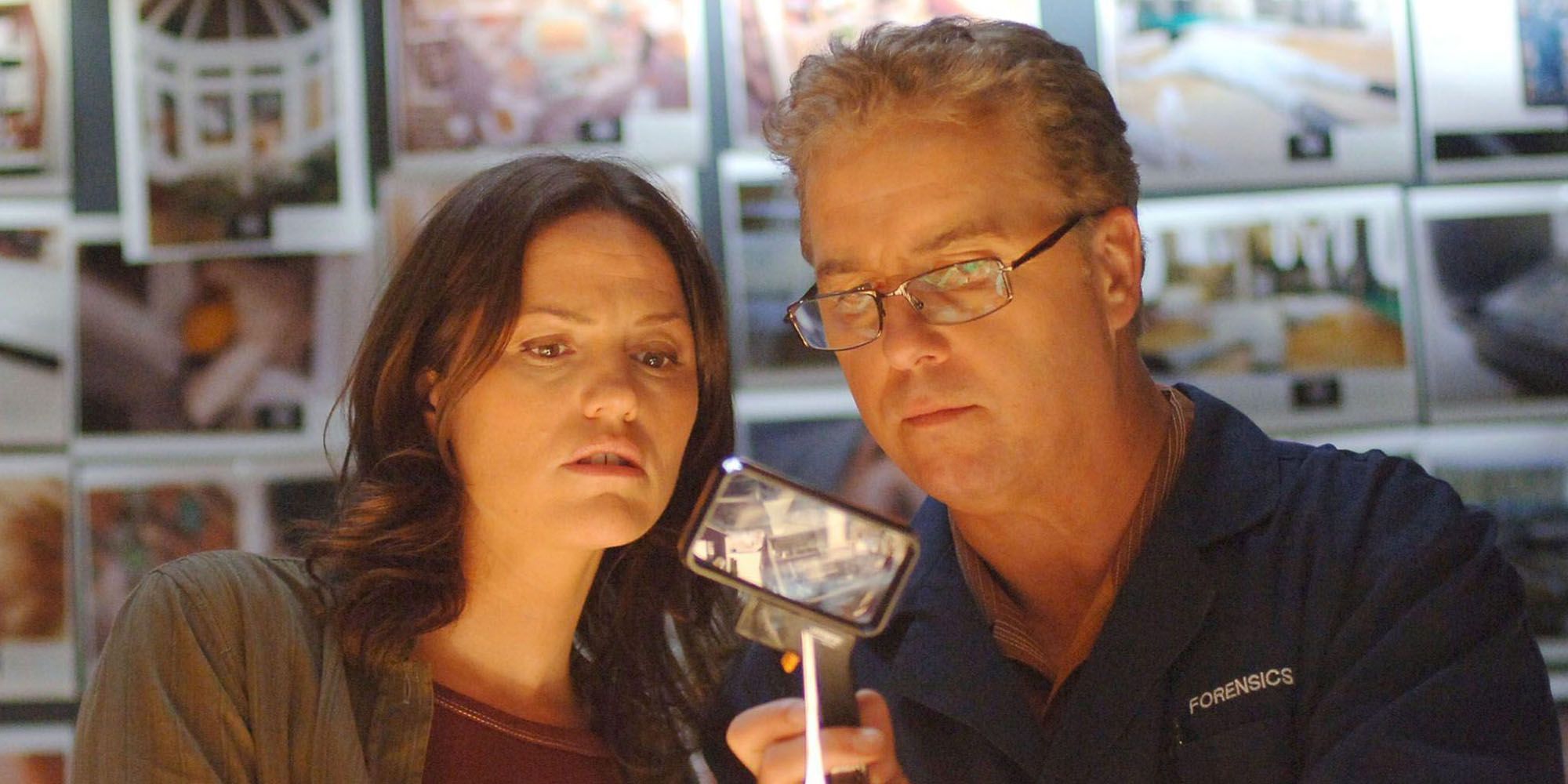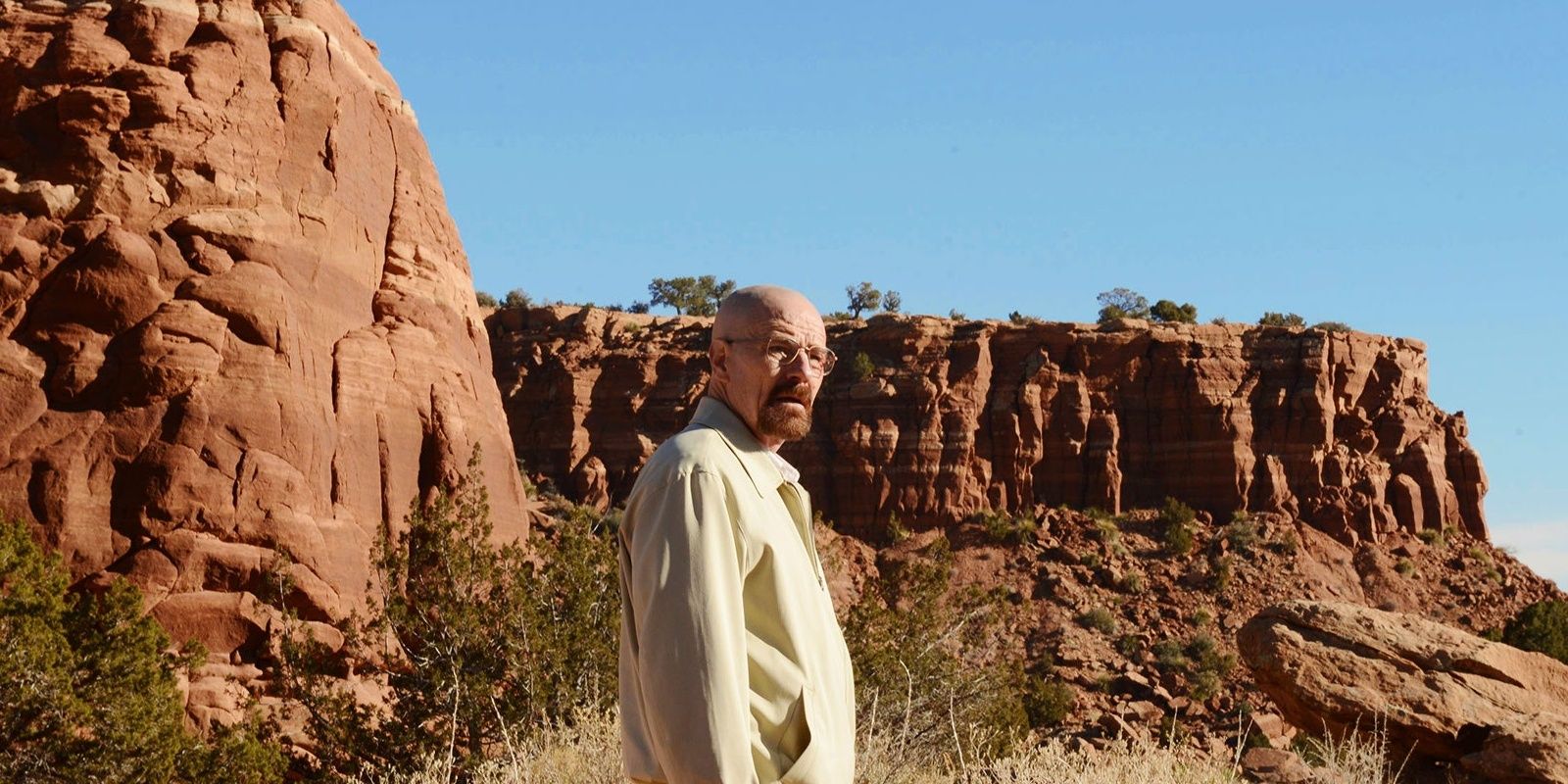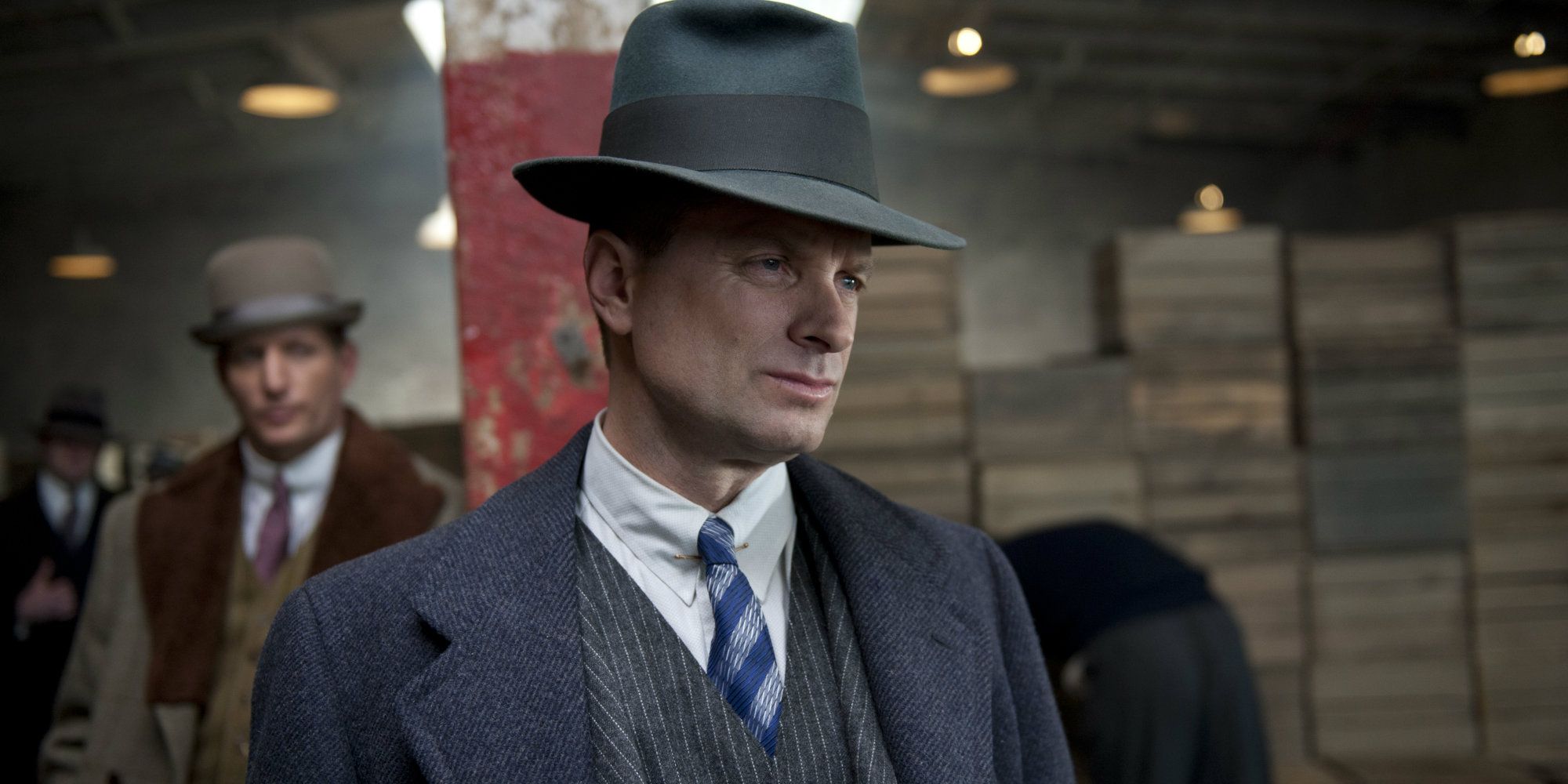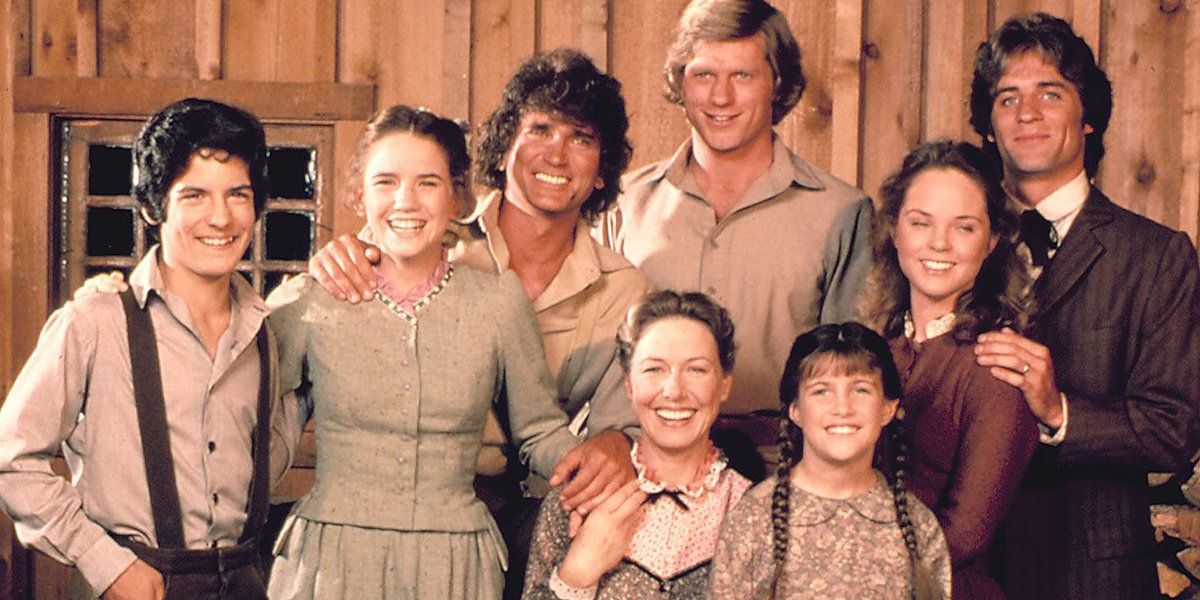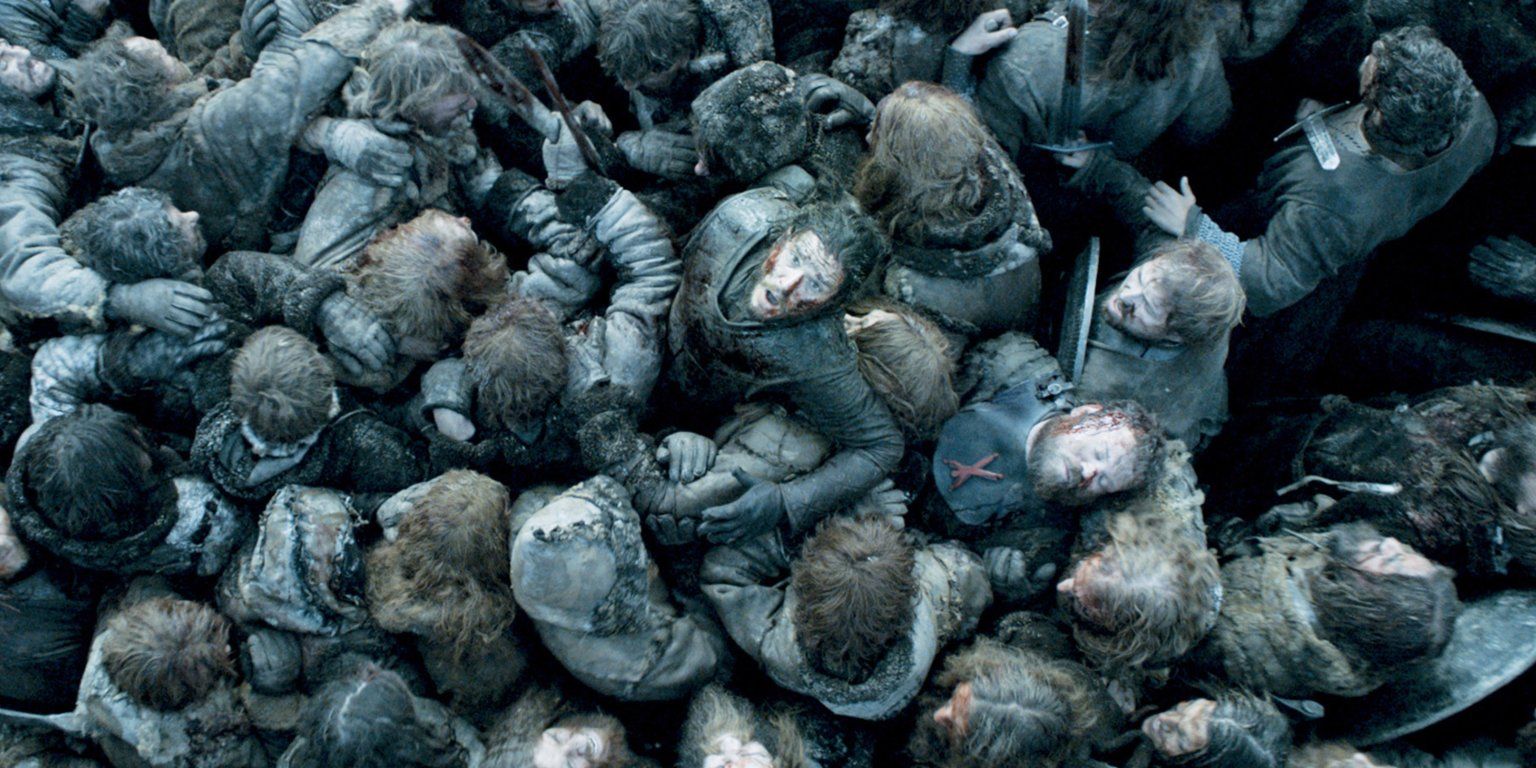For a long time, television was regarded as second-tier when compared to film. TV shows just weren't seen in the same caliber, and many critics considered them an "inferior" product to the cinema. The reasons for this are many, including the often cheap production values of TV.
But times are changing. Nowadays, TV shows can look just as great and as expensive as Academy Award-winning films. From groundbreaking dramas like Mad Men to fantasy epics like Game of Thrones, cinematography for the television medium is the richest and most innovative than its ever been and promises to only improve as the "Peak TV" era continues to exist.
Mad Men: 5 Nominations
Mad Men received consistent critical praise throughout its run. As one of the best dramas series with the most re-watch value, Mad Men contains some of the greatest acting, writing, and directing ever seen on television. It also contains some gorgeous cinematography.
Director of photography Phil Abraham won for the debut episode, "Smoke Gets In Your Eyes," and it's not hard to see why. The episode is an incredible display of Mad Men's style, shooting the office with beautiful long shots and establishing Don Draper's mysterious character through the use of smoke (Don smokes cigarettes throughout the episode) and shadow.
The X-Files: 5 Nominations
The X-Files captured the collective imagination of a nation throughout the 1990s, and it did so in a visually thrilling fashion. While the show undoubtedly looks a little bland today, its moody visuals and sometimes surreal images were cutting-edge stuff back in the early '90s, and the show has five Outstanding Cinematography Emmy nominations to show for it.
The show was often visually adventurous, using cinematic film techniques to depict its otherworldly content. Aliens, UFOs, and monsters are shot with an eerie eye for detail, and the show's bucolic Northwestern setting is often captured in gorgeous detail. It brought supernatural movies to the small screen in an effective and unsettling manner.
The West Wing: 5 Nominations
The West Wing is now regarded as one of the best Aaron Sorkin projects. While most of the show's praise is aimed at its writing, many critics also appreciated its inventive cinematography - primarily the now-iconic tracking shots that the show employed throughout its run.
The tracking shots are not only impressive from a technical standpoint, but they also help convey the speed and fluidity of the show's central protagonists. The camera is always moving, just like the show's busy characters and rapid-fire, dialogue-heavy script.
Bonanza: 5 Nominations
Often regarded as one of the greatest television shows ever made, Bonanza is certainly old school but no less impressive for it. The western ran for an incredible 14 seasons and 431 episodes between 1959 and 1973. In that time, it received considerable praise for its cinematic visuals and earned five Emmy nominations.
Westerns inherently make for visually interesting pieces of entertainment owing to their expansive locales and breathtaking vistas. The western genre on television experienced a boom in the '60s thanks in part to the amazing experience of seeing these visuals on the small screen, and Bonanza'sgorgeous cinematography definitely played a factor in popularizing the genre.
Law & Order: 5 Nominations
The original Law & Order series aired for 20 seasons and 456 episodes throughout its run, and people tend to forget just how great and influential the show was in its beginning years. Between 1993 and 2001, Law & Order received five Emmy nominations for Outstanding Cinematography. It blends many visual elements of court and police procedurals, deftly mixing dramatic close-ups in which actors can reveal their characters' emotions with cinematic action sequences.
The show usually employed a subtle yet differing visual style for the two sections of each episode. For "Law," the cinematographers usually employed a blue-grey light scheme to convey the grittiness and danger of New York's urban landscape. In "Order," earth tones such as brown and green were emphasized to establish the courtroom milieu and frame the inevitable testimonies and confessions more intimately than the previous section. This visual pattern would be repeated in almost all of its seasons as well as the numerous spinoffs in the Law & Order franchise.
CSI: 6 Nominations
The original CSI quickly became a cultural phenomenon and ended up running for 15 seasons and 337 episodes. Part of its success can undoubtedly be attributed to its talented cast, but it was also a well-made television show that also happened to contain some exceptional cinematography.
The show contained impeccable use of lighting to set tone and atmosphere, and its famous crime scenes were often shot to maximize the graphic nature of the crimes the characters were investigating. In a bizarre way, CSI made violence look good, and it has the awards to prove it.
Breaking Bad: 6 Nominations
According to Forbes, Breaking Bad is the greatest TV drama of all time, but it may also be the most gorgeous. Vince Gilligan's crime tragedy is filled with many inventive camera techniques and creative shots, and the desert landscapes are often employed to convey the loneliness and brutality of the lead character.
The show's New Mexico setting is barren, dusty, expansive, and undeniably beautiful, and the show's many camera tricks are nothing short of breathtaking. Breaking Bad's cinematographers placed cameras on shovels, in laundry machines, and even inside vacuums to achieve multiple angles and create a distinct visual style that no other show before or since has matched.
Boardwalk Empire: 6 Nominations
Boardwalk Empire continued HBO's successful streak of producing quality dramas following the conclusions of acclaimed shows like The Sopranos and The Wire. Aside from containing one of the best roles of the late Michael K. Williams, Boardwalk Empire is also a beautiful show with jaw-dropping production values and sharp attention to historic detail.
The show is not only cinematic in scope and detail, but it beautifully conveys the 1920s setting through the use of shadow and color. Boardwalk Empire manages to look both beautiful and gritty as it realistically portrays the seedy lives of gangsters in Atlantic City during Prohibition. According to Studio Daily, the show's cinematographers Kramer Morgenthau and Jonathan Freeman used Super 35 film to provide texture and light density to capture the look and feel of the time period.
Little House On The Prairie: 7 Nominations
It's hard for modern audiences to imagine just how popular Little House on the Prairie actually was. The show was a success throughout its nine-season run, and it received a number of prestigious Emmy nominations. Its remote and expansive setting lent itself perfectly to some gorgeous cinematography, and the show certainly delivered on that front.
Few TV shows look as good as this, especially ones from the 1970s. Through its cinematography, the show somehow manages to be both sweeping and intimate in its delicate glimpse into Quaker life on the alluring prairies. Some particular standout shots include the series' leading star Michael Landon riding horses at sunset and child actor Melissa Gilbert picking flowers in a sun-dappled field.
Game Of Thrones: 9 Nominations
Game of Thrones is the show that effectively bridges the ever-shrinking divide between television and film. The show had the production values of a big-budget blockbuster, and it looked every bit as cinematic. It's no surprise that it currently holds the record for the most nominations for Outstanding Cinematography with nine.
Everything about this show's visuals was top-notch, from the clarity to the lighting to the scope to the creative camera techniques. One notable visual highlight from the show's run is the extended tracking shots of season 6's "The Battle of the Bastards" that fully conveyed the large and brutal cost of war waged by the show's warring characters. Finally, a big-budget historical fantasy drama was brought to the small screen, and thanks to its incredible cinematography, viewers were convinced that television could deliver a visually arresting spectacle that was previously only reserved for theatrical movies.

